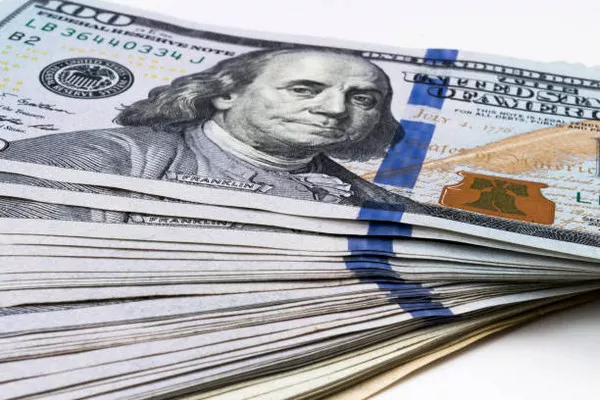The fiat dollar is a fundamental concept in the world of finance, serving as the backbone of global economic transactions. While most individuals are familiar with the term “dollar,” understanding what exactly constitutes a fiat dollar requires delving into its origins, characteristics, and implications for the modern financial system.
Definition and Origin:
The term “fiat” originates from the Latin word meaning “let it be done.” In the context of currency, fiat money is essentially currency that has no intrinsic value and is not backed by a physical commodity like gold or silver. The fiat dollar, therefore, is the official currency of the United States, issued by the Federal Reserve, and it holds value because the government maintains it as legal tender.
Historically, the United States was on the gold standard, meaning that each dollar could be exchanged for a specific amount of gold. However, this system was abandoned in 1971, marking the beginning of the fiat currency era. President Richard Nixon’s decision to sever the link between the dollar and gold allowed the government greater flexibility in managing the economy but also introduced new challenges and risks.
Characteristics of Fiat Money:
Fiat money, including the fiat dollar, possesses several key characteristics that distinguish it from commodity money like gold or silver:
Lack of Intrinsic Value: Unlike commodities with inherent value, fiat money has no intrinsic worth. Its value is essentially derived from the trust and confidence people place in the issuing government.
Legal Tender: Fiat dollars are declared legal tender by the government, meaning that they must be accepted as a medium of exchange for goods and services within the country.
Limited Supply Control: Central authorities, such as the Federal Reserve in the case of the fiat dollar, have the authority to control the money supply by implementing monetary policies. This enables them to regulate inflation, interest rates, and overall economic stability.
Divisibility and Portability: Fiat currency is easily divisible into smaller units, making it suitable for various transactions. Additionally, it is highly portable, allowing for easy exchange and trade.
Acceptability: The wide acceptance of fiat dollars in everyday transactions is a testament to the trust people place in the currency. It is the standard unit of exchange for most goods and services.
Functions of the Fiat Dollar:
The fiat dollar serves three primary functions within the economy:
Medium of Exchange: The most basic function of any currency, including the fiat dollar, is to facilitate the exchange of goods and services. Individuals and businesses use it as a medium for transactions.
Unit of Account: The fiat dollar provides a standard unit of measurement for pricing goods and services. Prices are denominated in dollars, allowing for easy comparison and valuation.
Store of Value: While fiat money does not have intrinsic value, it serves as a store of value over time. Individuals hold fiat dollars with the expectation that they can retain their purchasing power in the future.
Implications of Fiat Currency:
Inflation and Deflation: One of the significant challenges with fiat currencies is the potential for inflation or deflation. Central banks carefully manage the money supply to maintain price stability, but economic factors can still lead to fluctuations in the value of the fiat dollar.
Government and Central Bank Influence: The value and stability of the fiat dollar are influenced by government and central bank policies. Monetary policies, interest rates, and fiscal decisions all impact the economy and, subsequently, the value of the currency.
Vulnerability to Economic Crises: Fiat currencies are susceptible to economic crises and fluctuations. Issues such as hyperinflation, economic recessions, or political instability can erode the value of the fiat dollar.
Global Reserve Currency: The fiat dollar plays a crucial role in the global economy as the primary reserve currency. Many countries hold significant reserves of dollars, and international transactions are often conducted in this currency. The status of the fiat dollar as the global reserve currency gives the United States a unique position in the world economy.
See Also How Rare Is A Dollar Coin? An In-Depth Analysis
Conclusion:
In conclusion, the fiat dollar is a cornerstone of the modern financial system, representing the evolution from commodity-backed currencies to a system based on trust and confidence. Understanding the characteristics, functions, and implications of fiat currency is essential for individuals, businesses, and policymakers alike. As the global economy continues to evolve, the role of the fiat dollar will undoubtedly remain a subject of ongoing analysis and discussion.


